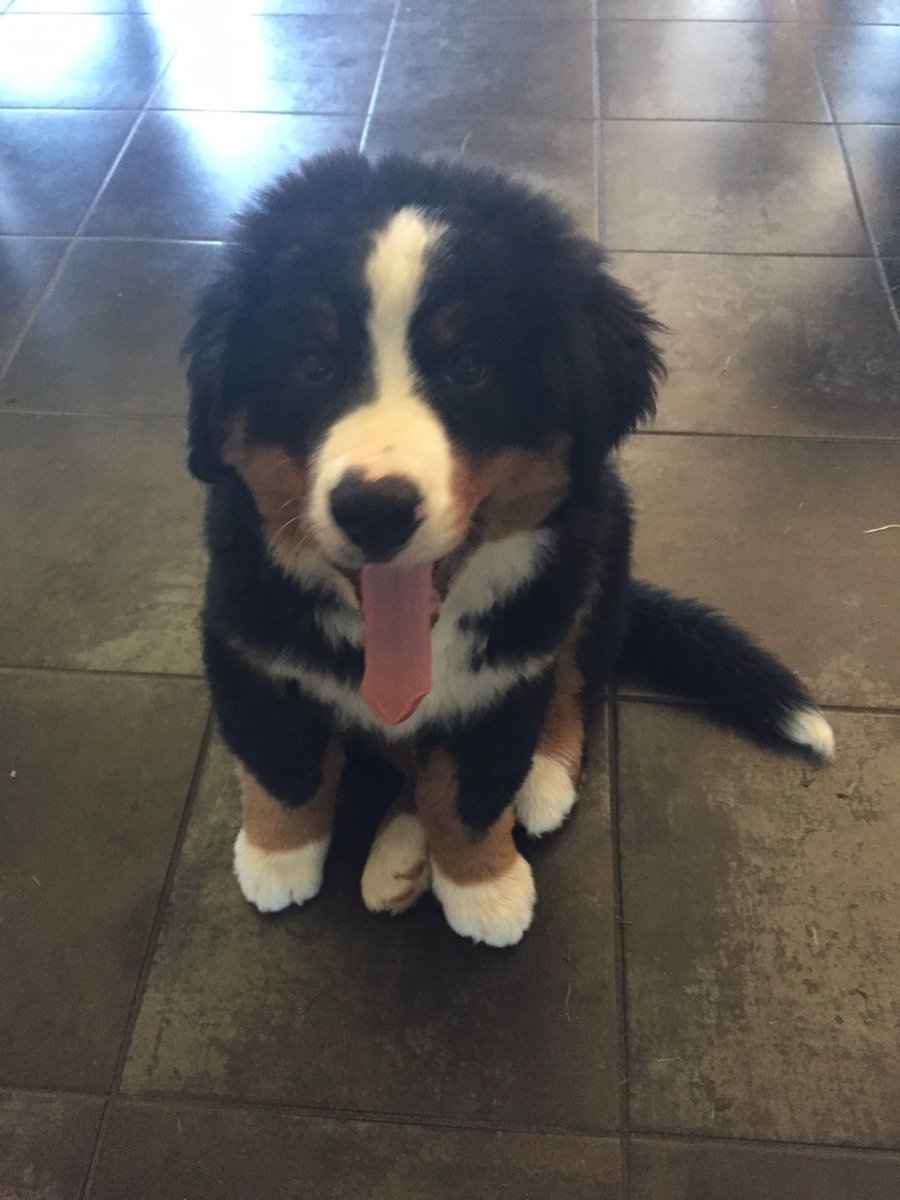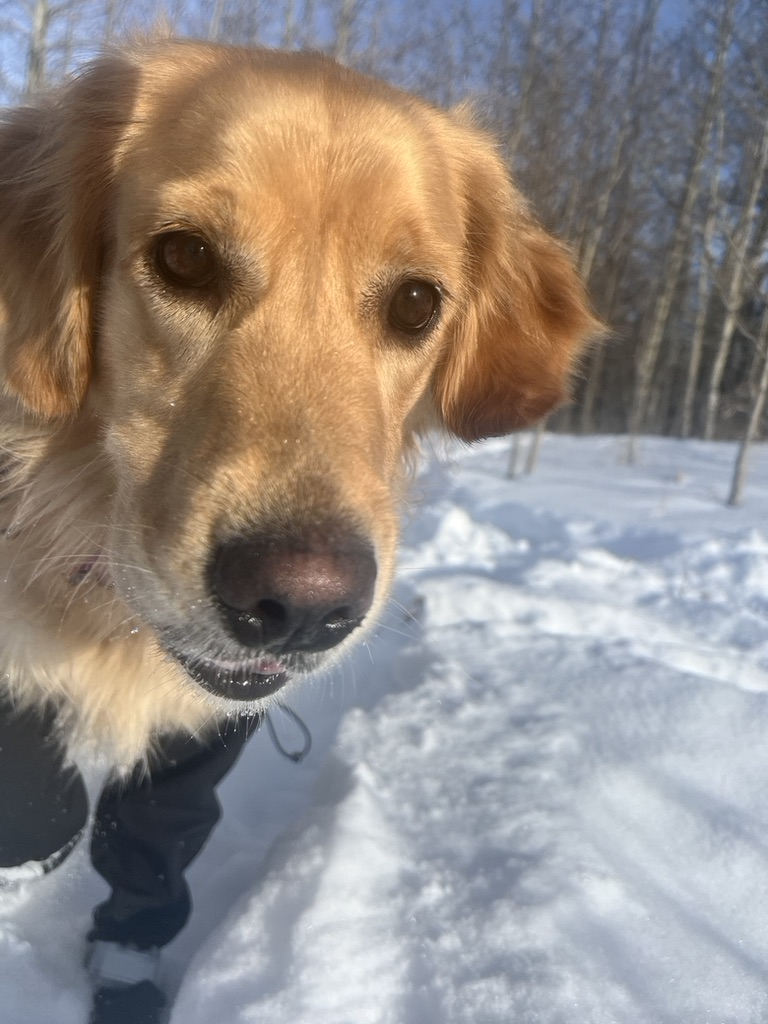So you want to welcome a Bernese Mountain Dog into your life?
Here is a thread of very important things you need to know.
🧵
Here is a thread of very important things you need to know.
🧵
Bernese Mountain Dogs start as bear cubs that will melt your brain with cuteness.
People will RUN through traffic to see your puppy. They grow into BIG dogs.
Not as big as St. Bernards or Newfies, but big. Be prepared for a BIG puppy and then a BIG dog.

People will RUN through traffic to see your puppy. They grow into BIG dogs.
Not as big as St. Bernards or Newfies, but big. Be prepared for a BIG puppy and then a BIG dog.


Bernese Mountain Dogs are wonderful family dogs. They adore their family and usually pick one person who is THEIR PERSON. They are affectionate and love their family.
Berners need socialization or as adults or they can be aloof and shy. This is pretty common for most dogs.
Berners are also watch dogs with a BOOMING SCARY bark.
They are also protectors too.
Berners are also watch dogs with a BOOMING SCARY bark.
They are also protectors too.
They are bred for the cold. Berners do NOT do well in hot weather and can overheat and die. That doesn’t mean you can’t have one in a very warm area, but you have to pay special attention to them. Lots of water, shade, and a fan or air conditioning (if a hot climate) 

Berners have toddler time. It’s about an hour a day where they just need special attention because of reasons. We don’t know what those reasons are, but you must be prepared for an hour of needy dog time a day.
While some Berners swim and love the water, the water Berners like most is the FROZEN kind aka snow. They LIVE for the snow and can withstand freezing temperatures. If you live where there is snow, a Berner could be a good choice. 



They do not like lemons as a puppy.
Berners are NOT dumb. They are wicked smart (and can be stubborn). They are easily trained and LOVE to please their people. They love to learn and can be easily taught obedience commands. 

Berners LOVE kids, toddlers, and babies. They are super gentle around them and tolerate much shenanigans. (Golden’s are decent too!)
They are also super gentle with tiny dogs/puppies.
They are also super gentle with tiny dogs/puppies.
Berners have two times a year they blow their coat and it is SHEDMAGGEDON.
You should brush your Berner twice a week- they can get terrible matting and usually need to get groomed a couple times a year.
You should brush your Berner twice a week- they can get terrible matting and usually need to get groomed a couple times a year.

Life Span.
It’s true that big dogs don’t live as long as smaller dogs- also Berners were bred back from near extinction recently so they have a smaller gene pool. There are some lines with cancer. Do your homework.
It’s true that big dogs don’t live as long as smaller dogs- also Berners were bred back from near extinction recently so they have a smaller gene pool. There are some lines with cancer. Do your homework.

Joints and exercise.
Berners LOVE adventure. They are up for walks and romps one a day. They are GREAT hikers.
After that- it’s nap time for the REST of the day.
Keep their weight slim and trim to protect those joints.
Bunsen looks chonky, but he is very trim. (It’s Fluff)
Berners LOVE adventure. They are up for walks and romps one a day. They are GREAT hikers.
After that- it’s nap time for the REST of the day.
Keep their weight slim and trim to protect those joints.
Bunsen looks chonky, but he is very trim. (It’s Fluff)
They can teach us all about kindness and that gift doesn’t have a price.*
* be prepared for a LARGE food bill though
* be prepared for a LARGE food bill though
• • •
Missing some Tweet in this thread? You can try to
force a refresh



















